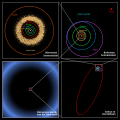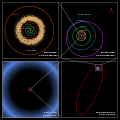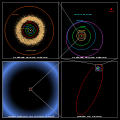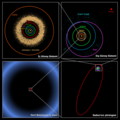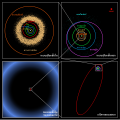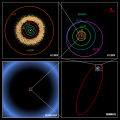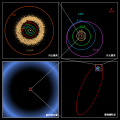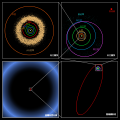Faýl:Oort cloud Sedna orbit ru.svg

Size of this PNG preview of this SVG file: 600 × 600 piksel. Other resolutions: 240 × 240 piksel | 480 × 480 piksel | 768 × 768 piksel | 1 024 × 1 024 piksel | 2 048 × 2 048 piksel | 2 499 × 2 499 piksel.
Original faýl (SVG faýly, nominal 2 499 × 2 499 piksel, faýl ölçegi: 509 KB)
Faýlyň taryhy
Faýlyň geçmişini görmek üçin Sene/Wagt bölümündäki senelere tyklaň.
| Sene/Wagt | Miniatýura | Ölçegler | Ulanyjy | Teswir | |
|---|---|---|---|---|---|
| häzirki | 23:52, 30 noýabr 2009 |  | 2 499 × 2 499 (509 KB) | Skab | New fonts |
| 03:47, 27 noýabr 2009 |  | 2 499 × 2 499 (509 KB) | Skab | Reverted to version as of 03:44, 27 November 2009 | |
| 03:45, 27 noýabr 2009 |  | 2 499 × 2 499 (506 KB) | Skab | Reverted to version as of 21:19, 25 November 2009 | |
| 03:44, 27 noýabr 2009 |  | 2 499 × 2 499 (509 KB) | Skab | New fonts - correct rendered | |
| 21:19, 25 noýabr 2009 |  | 2 499 × 2 499 (506 KB) | Skab | Text now not converted to outline | |
| 00:14, 25 noýabr 2009 |  | 2 499 × 2 499 (343 KB) | Skab | {{Information |Description=These four panels show the location of trans-Neptunian object 90377 Sedna, which lies in the farthest reaches of the Solar system.<ref>[http://www.spitzer.c |
Faýlyň ulanylyşy
Bu faýla çykgydy bar bolan sahypa:
Global faýl ulanyşy
Bu faýl aşakdaky beýleki wikiler tarapyndan ulanylýar:
- alt.wikipedia.org sahypasynda ulanyş
- ba.wikipedia.org sahypasynda ulanyş
- lez.wikipedia.org sahypasynda ulanyş
- ru.wikipedia.org sahypasynda ulanyş
- tt.wikipedia.org sahypasynda ulanyş

